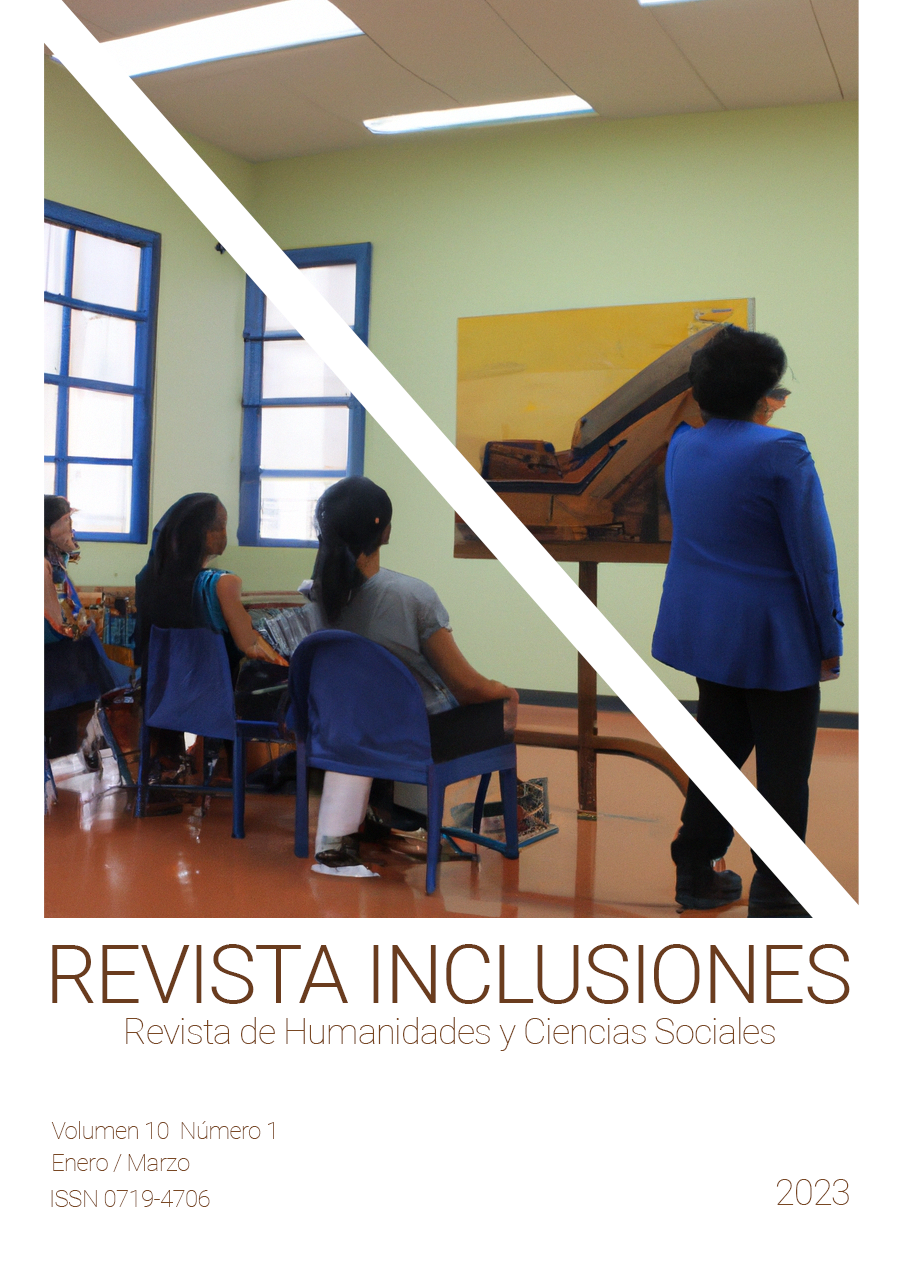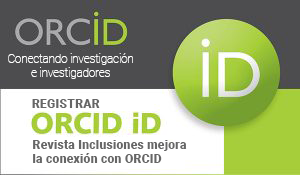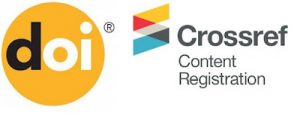NEW MULTILITERACIES, LANGUAGE TEACHING, TECHNOLOGICAL AND DIDACTIC INNOVATIONS: A REVIEW
DOI:
https://doi.org/10.58210/fprc3480Keywords:
Multiliteracies, New Literacies, Common National Base, Teaching objectsAbstract
Introduction: The pedagogy of multiliteracies was proposed for meeting the multiplicities of languages and cultures in contemporary times. Objective: Carrying carry an integrative review of the literature in order to analyze the new multiliteracies, technological and didactic innovations geared towards teaching of the native language. Materials and Methods: It was carried out a search of references in the Periodicals CAPES and Google Scholar databases in February 2022. The search allowed the identification of 17 papers that met the established criteria. Results: On average, 90% of the papers point out to the need for curricula take into account the pedagogy of multiliteracies, research reveals that part of the available teaching objects do not show the specificities of multiliteracies. Conclusion: Thus, it was possible to conclude that the new multiliteracies are the multiple cultures and multiple multisemiotic languages, enlarged by technologies, require new ways of teaching and learning, such as: the connection between the school and the student's background, the analysis and understanding of the literate practices, the interpretation of the sociocultural context and, finally, the application of these designs in new knowledge. For this, the technological and didactic innovations geared towards teaching the native language are the digital learning objects, such as textbooks, teaching prototypes, gamified activities, among other resources, which work as adequate tools for the interactive learning of students, as they are open to teacher and student, navigable, collaborative, promoting new ways of doing things.
Published
Versions
- 29-12-2022 (2)
- 29-12-2022 (1)
How to Cite
Issue
Section
Los autores retienen los derechos de autor y otorgan a Revista Inclusiones el derecho de publicación bajo Creative Commons Attribution 4.0 International (CC BY 4.0). Esto permite el uso, distribución y reproducción en cualquier medio, siempre que se otorgue la debida atribución al autor.











